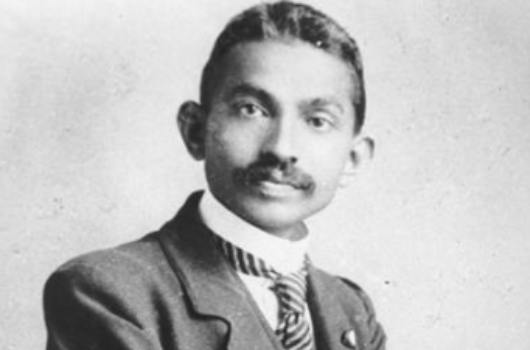


Before Gandhi reached South Africa, he wasn’t aware of what took place when it came to colour, appearance or race. South Africa had been under control of the British rule. Many regions were segregated usually by colour since quality hadn’t been a factor which was considered by higher authorities in the British Empire.
In 1983, while traveling to Pretoria, Gandhi had been evicted from a train because the compartment which he was in had been reserved for “whites only”. When Gandhi refused to move to the rear end of train, he was thrown out.
In response to the segregation and struggles of others, Gandhi evolved the concept of Satyagraha, the idea of nonviolent resistance (fighting with peace). Gandhi united the Indians and coloured in South Africa from different communities, languages and religions. Then in 1894, Gandhi founded the Natal Indian Congress while continuing to fight with Satyagraha in response to human rights deserved by the “coloured”.
The concept of Satyagraha was something connecting to Gandhi’s relationship with his mother, his mother taught him about what messages and morals are told from religions and how it would influence his future. Gandhi through his life read many books on types of religions, this gave him messages mentioning nonviolence and forgiveness.
In 1915, Gandhi left South Africa and returned to India